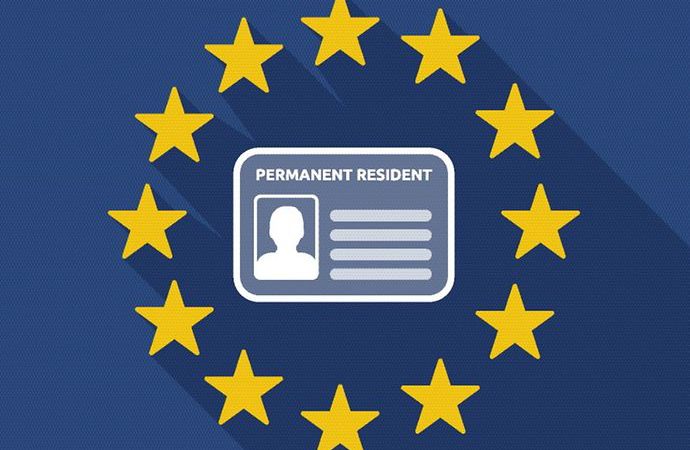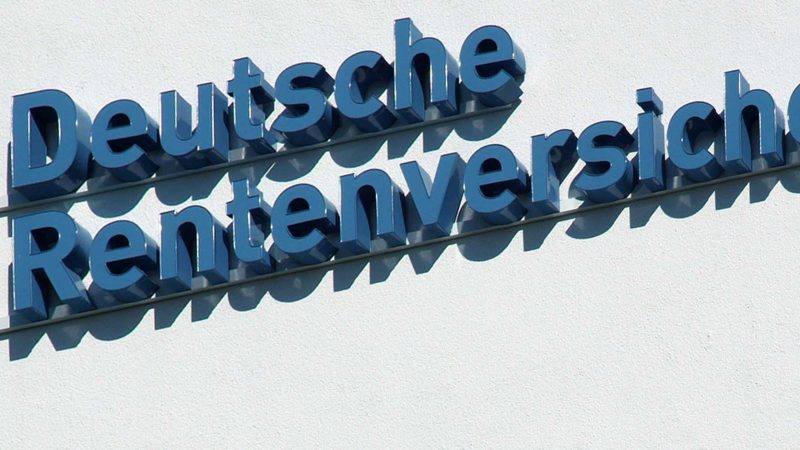What is EU BLUE CARD (EU BLAUE KARTE)
It’s similar to Green card in US and let non-EU member to Work in the EU.
What is a Blue Card?
The idea of Blue card dates back to August 2012 which came from Brussels based think tank Bruegel and later written to EU law. Its supposedly mimic the US Green card system by granting the workers full employment rights and then further a permanent residency.
Germany is by far the largest granter of EU blue cards within the EU. It issues nearly 85 percent, followed by France (4.3 percent), Luxembourg (2.8 percent) and Poland (1.9 percent).
A major chunk of the Blue card holders is from India followed by China, Russia, Turkey, Brazil etc.
Am I qualified for a Blue Card?
Blue card is a temporary residence permit (Aufenthaltserlaubnis) which is with a temporary validity (Maximum 4 years). If you have an accredited qualification and Job offer, then you can apply for a Blue card.
Let’s make it simple.
- If you earn more than €55.200 per year, then you can apply for a blue card.
- If you fall into Germanys shortage professions (Mangelberufe) such as IT-Professions, doctors and engineers, then you have an exemption that even with a minimum salary of €43.056 you are qualified for a Blue card (Data for year 2020).
Language Skills
No proof of German language skills need to be provided to apply for a Blue card.
How do I apply for a Blue Card?
Once you have a Job offer, either you or your employer can apply for your blue card. You start with your application for the work visa in your Home country (Type D) to get a valid German National visa for 6 months in your passport. Once you move to Germany, you can go to your nearest Auslandersbehörde (foreign office) with your Wohnung Meldungbestätigung/ Meldebescheinigung(Home registration), Job contract (Arbeitsvertrag) and request further for a Blue card. It usually costs you an average of 100 € which may or may not be incurred by your employer.
If you are married, you can also apply for your Spouse Visa along with your Application. Read Here
Exceptions apply to nationals of Australia, Canada, Israel, Japan, the Republic of Korea, New Zealand and the United States of America. They can enter Germany on a visa-free basis and can apply to the competent immigration authority in Germany for their future place of residence for an EU Blue Card within three months of entering Germany.
A current resident in Germany (Student/ Work permit other than Blue Card), can also switch to Blue card residence title once they satisfy the necessary preconditions. Further, It is not necessary to leave the country and re-enter to change your residence title.
Know More: Different types of Residence title in Germany
Duration of the Procedure
It’s been observed that it can take up to even 3 months to receive your Blue Card. If you are really lucky you may even get it at a period of less than 2 weeks. So it’s better to contact your local Auslanderbehörde for exact details about the duration of the procedure.
Validity of EU Blue Card
It’s issued maximum for a period of 4 years. If you have a temporary contract (Befristet Vertrag), then its valid for duration of the contract plus 3 months.
Cheers. We wish you all success with your Blue card application.





